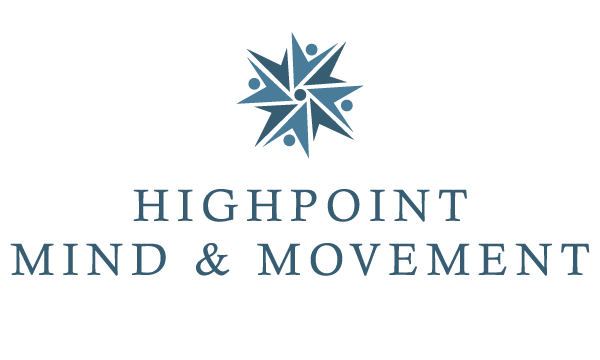Paxton’s Story
Autism Spectrum
Paxton was high functioning on the autism spectrum. He was very social, friendly, and loved to engage with people; however, Paxton had great difficulty with impulse control, regulating his own behavior, being able to manage his homework and responsibilities at home, and with math.
In our work together, Paxton’s parents hoped he could develop more self control so he wouldn’t be disruptive in the classroom. They also wanted him to be able to calm himself and talk with them when he got angry, rather than shutting down completely. And, finally, they hoped he would be able to follow directions and complete multi-step tasks.
Paxton was very verbal as we did the movement activities and was able to understand how the various integrative movements and Touch for Health techniques were helping him. We used the Five Step Balance Process to guide the sessions and provide a solid structure for him. Within this framework I focused on developing a strong sense of his central midline through the Brain Gym® activities; creating internal organization (“who I am as a person separate and distinct from others”) through the developmental movements of the Primitive Reflex Integration process; and expanding his perception of the world in which he functioned through Vision Gyms. This approach helped to orient him in space so that he could know where he was in relation to things and people, contributed to better self-control, and helped him to think more clearly so that he could follow instructions and communicate his needs better when he got upset.
After six sessions, Paxton noticed he was not squirming around as much in his classroom. The teacher confirmed this, telling his parents that he was not as fidgety, he could listen to directions better, he did not get angry at simple questions, and was not as disruptive. His parents felt he was also more grounded and was problem-solving better – he had successfully figured out how to accomplish something at school that he hadn’t done before. They also said that his recovery time from being angry was notably faster.
Paxton steadily progressed with each session and at the end of our 13 sessions together he had improved significantly in impulse control; he was able to stay engaged when he got upset, talking about his feelings; he was better able to prioritize and manage homework and home responsibilities; he adapted more easily to changes in schedule or switching from one activity to another at home; he could often complete simple, multi-step tasks and follow instructions; and, he no longer felt defeated when he failed at something, instead he said to himself “I can do this.” The overall changes brought him closer to his age level in developmental maturity.
Christina’s Note
High level functioning on the autism spectrum is often called Asperger Syndrome. While these children are usually of normal or above average intelligence they can have significant difficulties in social interactions, have restricted or repetitive patterns of behavior or interests, may be physically clumsy, and are often very literal in their interpretations – they do not “get” jokes, inferences, or puns.
There is no single treatment, and the effectiveness of any particular intervention is not conclusive. Treatment is aimed at improving social skills, communication, physical clumsiness, and self-regulation. I have found that integrative movements, Touch for Health techniques, and meridian work – all of which support communication, coordination, and self-control – are often a significant addition to an Asperger child’s therapy program. Traditional interventions may include social skills training, cognitive behavioral therapy, physical therapy, speech therapy, parent training, and medications for associated problems, such as mood or anxiety.
Each child is unique and early diagnosis and intervention is important. This means finding doctors, therapists, psychologists and teachers who understand and have experience with autism and can respond to the child’s shifting needs appropriately.
